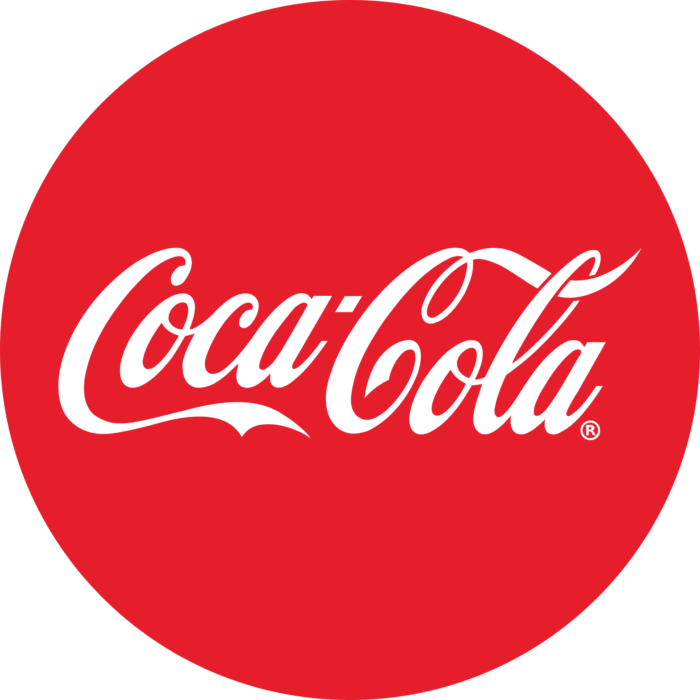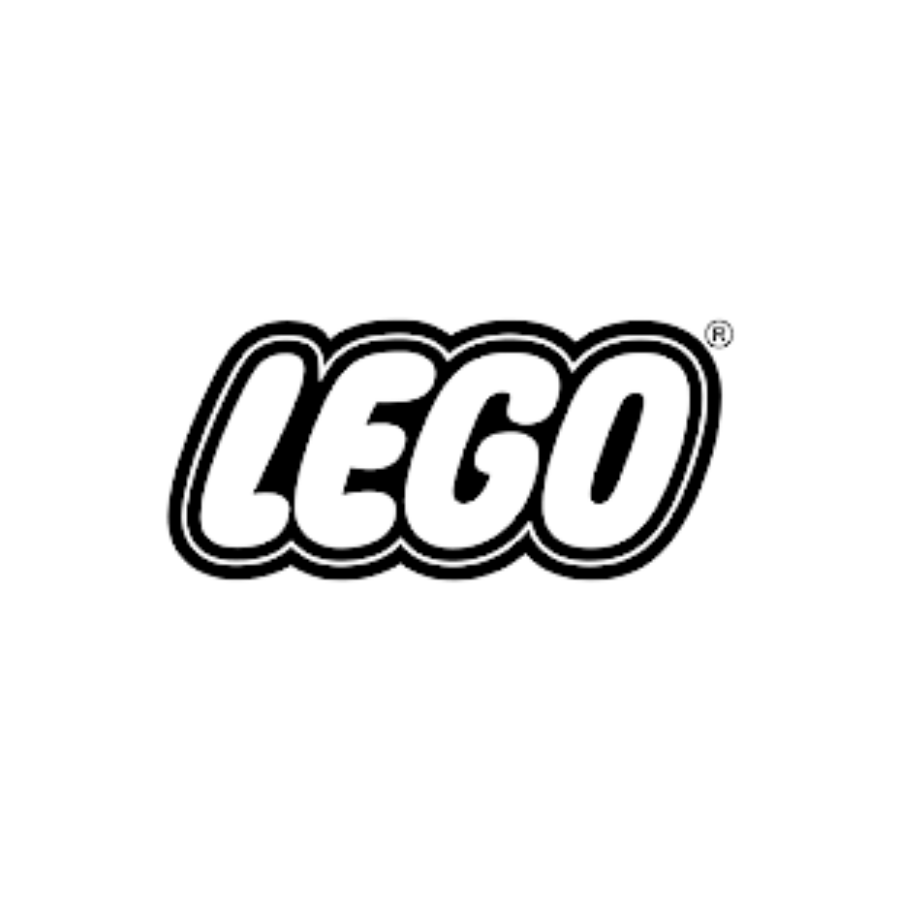Trademark registration – how to protect your logo and brand?
Imagine you’ve invested in creating a unique and memorable logo. You’ve invested the time, money and creativity to ensure it accurately reflects the essence of your brand. One day, you discover that someone else is using a design that’s recognisably similar to your logo and offering services in the same industry, and there’s nothing you can do to stop it… Why? Because your brand is not registered as a trademark and you have no legal basis to do so. Such a situation creates confusion among customers and can damage your brand reputation.
What is a trademark?
A trademark is a word, logo, word association, design, colour combination or even sound that distinguishes your products and services from those of your competitors. Once you have created a trademark for your brand, you may not have sufficient legal protection for it without formal registration. A registered trademark gives you the exclusive right to use it and prevents others from using it or a similar symbol without permission.

Nike and the "Swoosh" symbol
Nike’s famous “Swoosh” symbol was registered as a trademark in 1971. This protection prevents other companies from using a similar design in the marketing of sportswear or footwear. This has helped Nike maintain its market position and brand equity.

Coca-Cola and red-white colour combination
Coca-Cola has registered not only its name and logo, but also a specific red and white colour combination. This prevents other drinks brands from using an identical colour scheme that would help consumers recognise the product. This protection has helped the brand maintain its exclusivity and distinctiveness.

Apple and the apple symbol
Apple has registered its logo and brand name globally, which has allowed them to respond quickly to potential infringements. For example, Apple has successfully prevented smaller companies from using similar apple-shaped logos in the technology or software sectors.

LEGO and unique block design
In addition to the name and logo, LEGO also protected the design of its blocks. This has allowed them to protect the uniqueness of their products and to fight against copycat manufacturers trying to bring similar toys to market.
Why should you register your logo as a trademark?
A registered trademark boosts the value and credibility of your brand. For customers and business partners, it gives the assurance that it is an officially protected brand. In the eyes of investors and business partners, a registered trademark is also an important asset, as it reduces risk and adds financial value to your brand because it is a well thought-out, long-term strategy.
Registering a trademark is also a preventive measure – if someone else tries to register a similar sign later, you are in a stronger position to protect your rights. Without registration, a competitor may use your logo or a similar variation of it, and you may find it difficult to challenge. So registering a trademark is an important investment that protects your brand in the long term and ensures you can do business without legal hassle.
Before registering a trade mark
Before you register your trademark, make sure your logo or other mark is distinctive and unique. Words that are too descriptive or in common use may not be suitable for trademark registration. You should also From Patent Office databases check whether a similar trademark has not already been registered. If someone else is using a very similar mark in the same field, you could run into legal obstacles.
Trademark application & fees
To apply, you must fill in an application for trademark registration and specify the goods or services for which the mark will be used, and include a clear image of the mark, your logo. A registration fee is payable. The fee is €145 per class of goods or services, with an additional €45 for each class added. Once the application has been filed, it will go through a procedure at the Patent Office, where the application will be checked for compliance with the law. If everything is in order, the trade mark is published in the Official Publications and third parties have the opportunity to file objections. Third parties who can object are in particular companies and persons who have earlier rights to a similar or identical trade mark. If there are no objections, the registration will be issued and you will receive an official certificate.
Registering a trademark outside Estonia
If you plan to expand your business beyond Estonia, it’s worth thinking about trademark protection in the European Union or worldwide. In the European Union, it is possible to apply for trade mark protection in all Member States at once by filing an application for Intellectual Property Office of the European Union (EUIPO). Outside the European Union, the following deal with trademark registration. WIPO (World Intellectual Property Organization). The process on the EUIPO and WIPO websites is similar to the trademark application process in Estonia.
Patent vs trademark
Although both patents and trademarks are intellectual property, they have different purposes and legal effects. Patent protects a technical invention, new product or process. It gives the creator the exclusive right to use his invention for a certain period of time (usually 20 years), preventing others from copying or producing it without permission. Trademark protects the brand identity, such as a name, logo, slogan or visual identity that distinguishes a company’s products or services from those of its competitors. It does not prohibit others from offering similar products or services, but prevents them from using your brand or a mark that is confusingly similar to it.
Period of validity of the registered trade mark
The registration is valid for 10 years and renewal requires a new application and payment of a renewal fee. Once you have registered your trademark, you must actively use it, because if you do not use it within five years, it could be invalidated. In the legal sense, using a trademark means using it in the public domain in the course of trade. For example, on packaging, in advertising and marketing materials, on a website or on social media.
How long does it take to register a trademark?
The process of registering a trademark can take from several months to over a year, depending on the number of applications and the complexity of the procedure. The Patent Office processes applications in the order in which they are received, so the time taken for examination depends on the volume of applications filed. For example, applications filed in November 2024 will reach examination in January 2025, which implies a waiting time of around 2-3 months before examination starts. A fast-track procedure can also be requested for a higher fee.
After the examination, the trade mark application will be published in the official publications and third parties will then have 2 months to file objections. If no objections are filed or if they are rejected, the trademark will be registered and a certificate of registration will be issued. The whole process can take on average 6-12 months, depending on the circumstances.
Trademark registration is one of the most important steps you can take to protect your brand. It gives you the exclusive right to use your logo, name or other distinctive mark, and helps prevent competitors from trying to use a similar mark in their marketing or imitate your brand’s visuals to achieve their own success. Once your trademark is officially registered, you have a legal basis for taking action against those who try to copy or profit from your identity. If you are interested in registering your trademark, it is worth taking a closer look at the Patent Office’s guidelines and, if necessary, consulting a specialist.
Here’s a list of the materials used as a basis for this article, which may be helpful when you start registering your own trademark.
Estonian Patent Office (EPO)
What is a trademark?
Why protect a trademark?
How to obtain trademark protection
Estonian national information portal
Trademark registration and protection
Official Gazette of Estonia
Trademark Act (TTMA)
European Union Intellectual Property Office (EUIPO)
https://euipo.europa.eu/et/trade-marks
World Intellectual Property Organisation (WIPO)
https://www.wipo.int/en/web/trademarks
